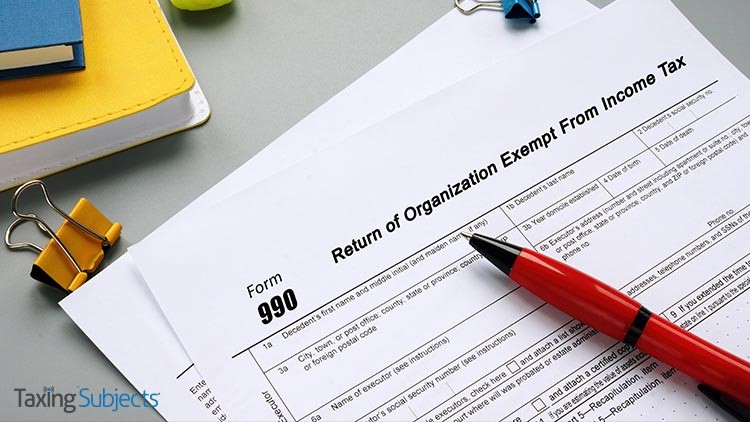
The Internal Revenue Service is reminding some tax-exempt organizations that they face the same May 17 filing deadline as regular income tax filers.
The IRS says that the May 17 date applies to “tax-exempt groups that operate on a calendar-year (CY) basis” and file any of these returns:
- Form 990-series annual information returns (Forms 990, 990-EZ, 990-PF, 990-BL)
- Form 990-N, Electronic Notice (e-Postcard) for Tax-Exempt Organizations Not Required to File Form 990 or Form 990-EZ
- Form 990-T, Exempt Organization Business Income Tax Return (other than some trusts)
- Form 4720, Return of Certain Excise Taxes Under Chapters 41 and 42 of the Internal Revenue Code
As for how the forms need to be filed, the agency notes that “organizations filing a Form 990, 990-PF or 990-N for CY2020 must file their returns electronically,” while “organizations filing Form 990-EZ for CY2020 received transitional relief and may file electronically or in paper.”
The IRS says these tax-exempt organizations should file now if they haven’t already done so. Luckily, the agency has put together a series of pre-recorded online workshops that can help these groups meet their filing requirements.
What if a tax-exempt organization needs an extension?
If a tax-exempt group needs more time to file its information return, they can request an automatic extension with Form 8868, Application of Time to File an Exempt Organization Return.
Form 8868 gives the organization a six-month extension on filing. If any tax is due, however, it’s still due on May 17—just as is the case with individual returns.
And while Form 8868 can be filed electronically or on paper, the IRS encourages those who seek an extension to file electronically for fastest processing.
What happens if a tax-exempt organization doesn’t file?
While filing most of the 990-series forms is straightforward, the decision not to file has its downside. Tax-exempt groups failing to file their Form 990 series for three straight years automatically lose their tax-exempt status.
The IRS says it’s still experiencing delays in processing paper forms, so it’s asking tax-exempt filers to send in their 990-EZ electronically. This will speed up transmission—and could help the group to avoid auto-revocation if they didn’t file returns for calendar years 2018 and 2019.
When an organization has its tax-exempt status auto-revoked, a notice is sent alerting the group of the change in status, and the group is placed on a list of status-revoked organizations. The list is available to taxpayers through the IRS website. It allows users to search the list by name or other parameters and is updated after the deadline for each filing season.
The IRS is prohibited by law from reversing an auto-revocation that was done properly. However, there are procedures to help organizations who contend they were auto-revoked in error.
This would include conditions where the group was revoked, yet had documentation that its filing requirements had been previously met.
For example, let’s say a group is notified its tax-exempt status has been auto-revoked, but has the needed documentation showing it filed a paper Form 990-EZ or Form 8868 by the May 17 filing deadline, or had filed in at least one of the previous three years.
In this case, the organization can fax the documentation to the IRS at 855-247-6123 to get the issue resolved.
Sources: Reminder to tax-exempt organizations: 990s, other forms due on May 17; Search for Tax Exempt Organizations
